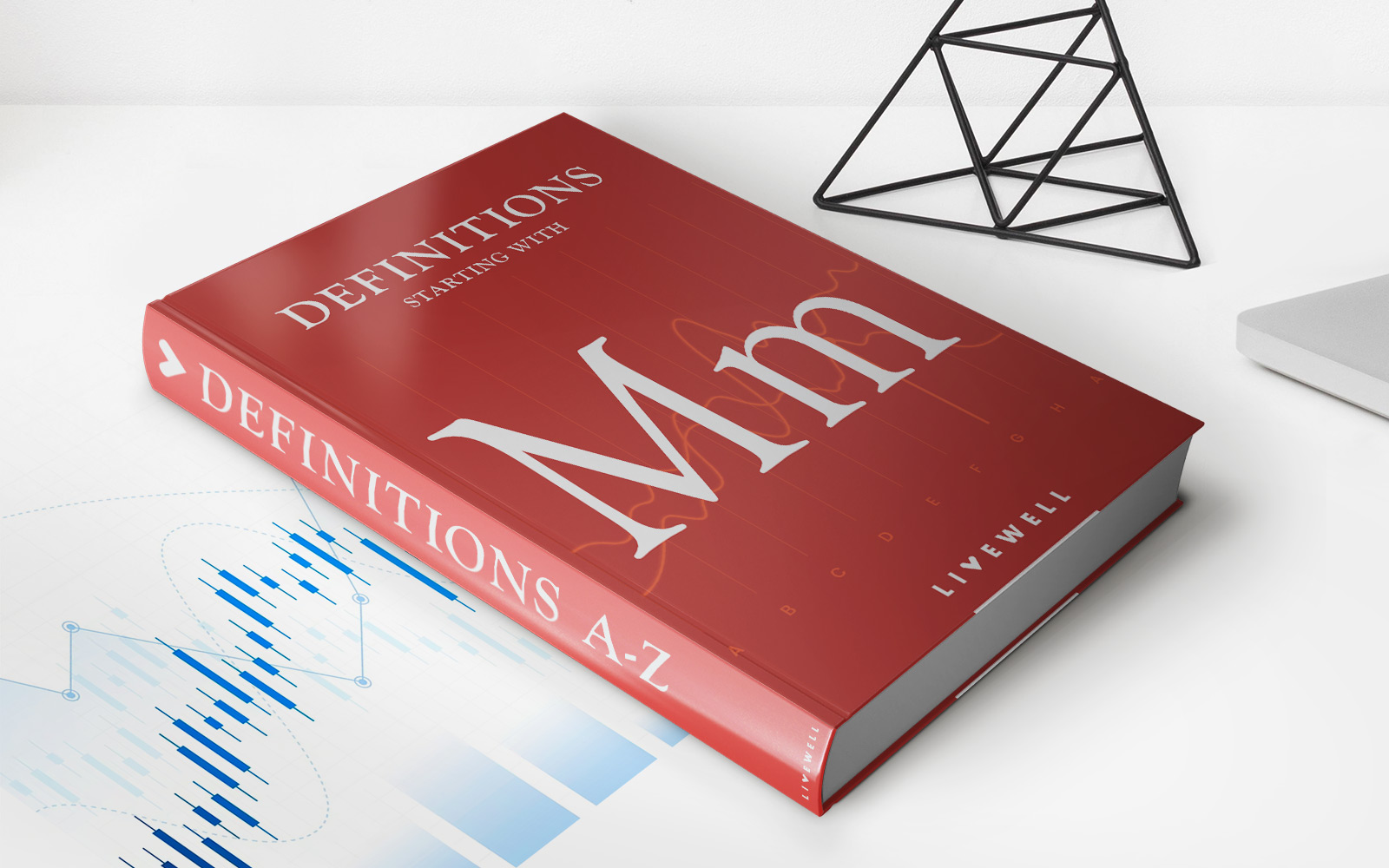Home>Finance>Married Filing Jointly: Definition, Advantages, And Disadvantages


Finance
Married Filing Jointly: Definition, Advantages, And Disadvantages
Published: December 23, 2023
Learn about the definition, advantages, and disadvantages of married filing jointly in finance. Discover how this tax filing status can impact your financial situation.
(Many of the links in this article redirect to a specific reviewed product. Your purchase of these products through affiliate links helps to generate commission for LiveWell, at no extra cost. Learn more)
Married Filing Jointly: Definition, Advantages, and Disadvantages
Welcome to our Finance category, where we dive deep into various aspects of personal finance to help you make informed decisions. In this article, we are going to explore the world of taxes, specifically the concept of Married Filing Jointly. If you’re married or planning to tie the knot soon, understanding the advantages and disadvantages of this tax filing status can be beneficial for your financial well-being. So, let’s get right into it!
Key Takeaways:
- Married Filing Jointly is a tax filing status for married couples that allows them to combine their incomes and deductions on a single tax return.
- Advantages include potentially lower tax rates, higher standard deductions, and eligibility for certain tax credits and deductions.
1. What is Married Filing Jointly?
In the simplest terms, Married Filing Jointly is a tax filing status that allows married couples to file their taxes together on a single tax return, combining their incomes, deductions, and tax liabilities. It’s important to note that this status is only applicable to couples who are legally married according to the laws of their country.
2. Advantages of Married Filing Jointly:
Married Filing Jointly offers several advantages that can potentially save you money and simplify the tax filing process:
- Tax Rates: One of the primary advantages is the potential for lower tax rates. By combining your incomes, you might find yourself in a lower tax bracket, resulting in reduced tax liability.
- Standard Deduction: Married couples filing jointly generally enjoy a higher standard deduction compared to those filing as Single or Head of Household. This means you can deduct a larger portion of your income, potentially lowering your taxable income.
- Tax Credits and Deductions: Some tax credits and deductions are only available to couples filing jointly. These may include the Child Tax Credit, the Earned Income Tax Credit, and student loan deductions, to name a few. By filing jointly, you can take advantage of these opportunities to reduce your tax liability.
- Simplified Process: Filing as Married Filing Jointly generally simplifies the tax filing process. Instead of preparing and filing two separate tax returns, you can combine everything into a single return, saving time and effort.
3. Disadvantages of Married Filing Jointly:
While there are several advantages, it’s essential to be aware of potential disadvantages as well:
- Joint and Several Liability: By filing jointly, both partners are equally responsible for any taxes owed. If one spouse makes an error or fails to report income, both partners may be held accountable for any resulting liabilities, penalties, or interest.
- Loss of Certain Deductions: Depending on your personal financial situation, filing jointly may cause you to lose out on certain deductions or tax benefits. It’s crucial to assess your individual circumstances, such as deductible expenses or potential limitations, to determine if these apply to your situation.
- Marriage Penalty: In certain cases, the tax rate for a couple filing jointly may be higher than the combined tax rates for two individuals filing as Single. This is known as the “marriage penalty” and can occur when both spouses earn relatively high incomes.
It’s crucial to evaluate your unique financial situation, consult with a tax professional, and consider both the advantages and disadvantages before choosing your tax filing status. Making an informed decision can help optimize your tax position and ensure you’re maximizing your financial benefits as a married couple.
In conclusion, Married Filing Jointly offers numerous advantages such as potentially lower tax rates, higher standard deductions, and access to certain tax credits and deductions. However, it’s important to weigh these against potential disadvantages like joint and several liability and the marriage penalty. By understanding these factors, you can make an informed decision that aligns with your financial goals.














